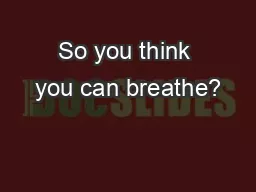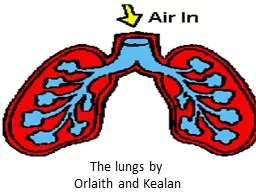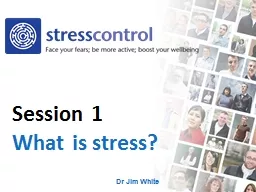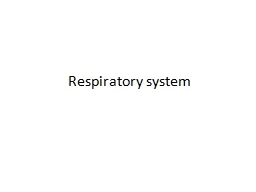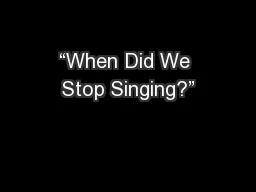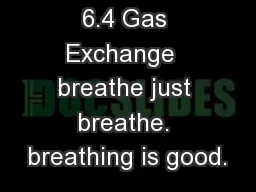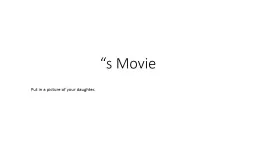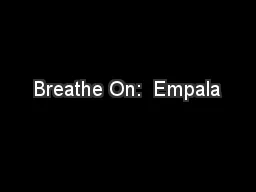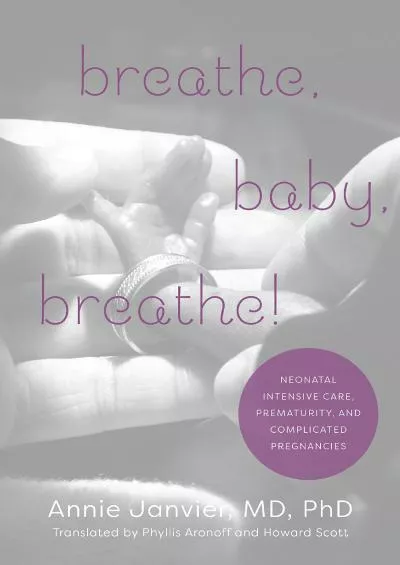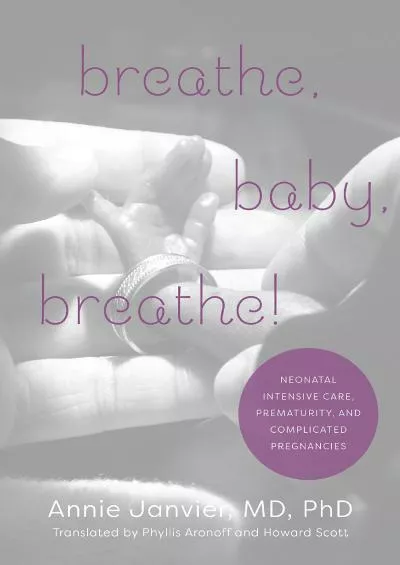PPT-So you think you can breathe?
Author : lindy-dunigan | Published Date : 2017-06-09
Breathing Matters Facts Myths and Therapeutic Effects Tess Graham BSc Grad Dip Phty Dip BM Physiotherapist Certified Breathing Educator and Trainer Canberra
Presentation Embed Code
Download Presentation
Download Presentation The PPT/PDF document "So you think you can breathe?" is the property of its rightful owner. Permission is granted to download and print the materials on this website for personal, non-commercial use only, and to display it on your personal computer provided you do not modify the materials and that you retain all copyright notices contained in the materials. By downloading content from our website, you accept the terms of this agreement.
So you think you can breathe?: Transcript
Download Rules Of Document
"So you think you can breathe?"The content belongs to its owner. You may download and print it for personal use, without modification, and keep all copyright notices. By downloading, you agree to these terms.
Related Documents

